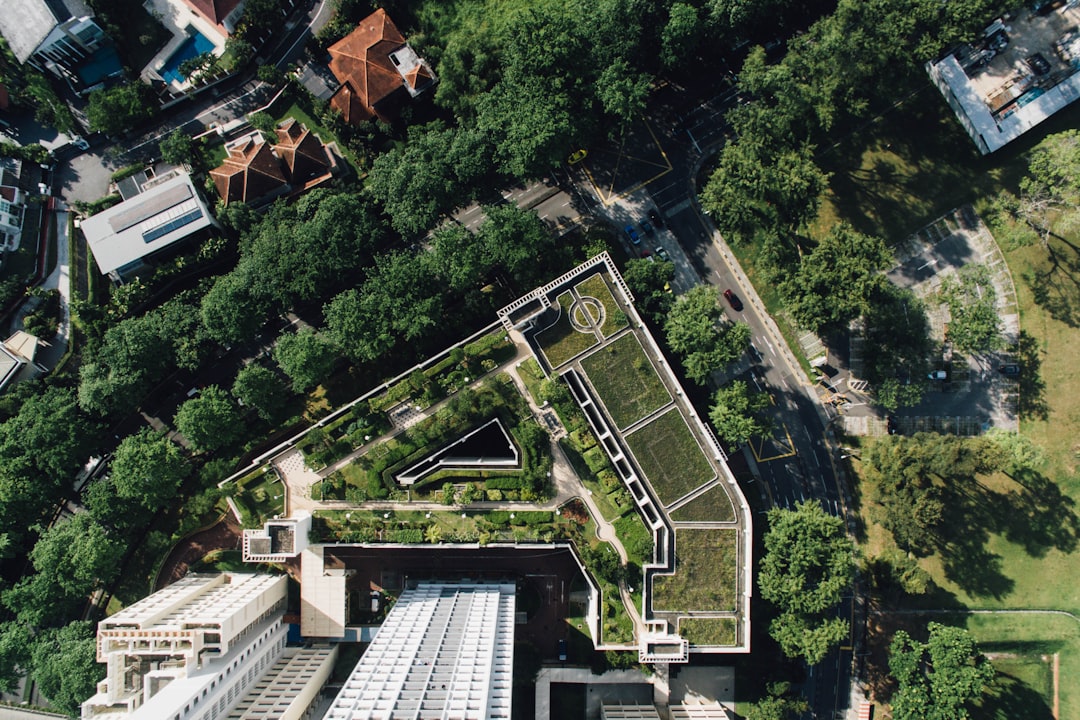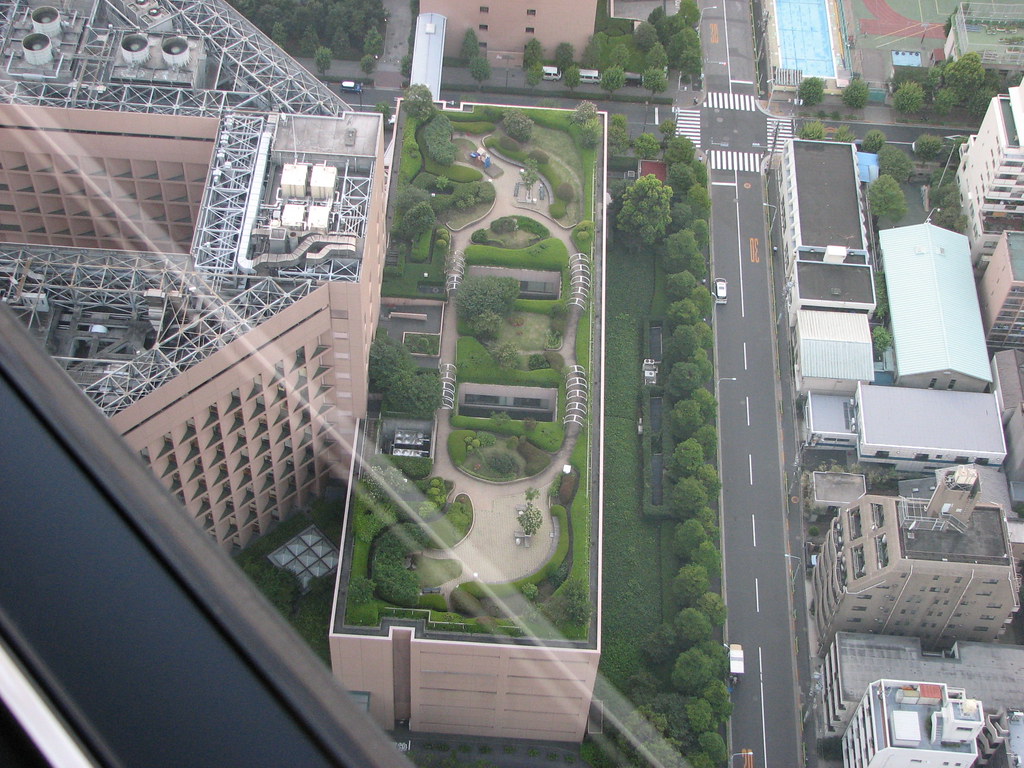Transform your underground space into a lush oasis with innovative basement garden designs. Did you know that basements offer the perfect controlled environment for certain plants to thrive year-round? Discover how to harness this potential and create a stunning green retreat beneath your feet, where nature and design harmoniously blend, sparking curiosity and a desire to delve into the world of subterranean gardening.

Maximizing limited light in basement environments for plant growth requires innovative and strategic approaches. One effective method is the use of artificial lighting systems, such as LED grow lights, which can provide the full spectrum of light needed for photosynthesis and healthy growth. Positioning these lights correctly to mimic natural sunlight patterns can greatly enhance plant vitality. Additionally, utilizing reflective materials on walls and surfaces can help to distribute light more evenly, ensuring that plants receive adequate illumination from all angles. It’s also beneficial to choose plants that are naturally shade-tolerant, as they will thrive better under lower light conditions. Regularly rotating plants can also ensure that they receive light uniformly, promoting balanced growth.
Watering systems in basement gardens need to be carefully considered to prevent over-watering and to ensure that plants receive the right amount of moisture for optimal growth. Drip irrigation systems can be particularly effective in these conditions, as they deliver water directly to the roots of the plants at a controlled rate, minimizing waste and reducing the risk of fungal diseases often associated with high humidity levels. For those seeking a more technologically advanced solution, hydroponic systems offer a soilless growing method where plants receive nutrients directly through water, which can be ideal for basement conditions with limited natural light. Additionally, incorporating moisture sensors into your watering system can help automate the process, ensuring that plants receive the perfect amount of water without constant monitoring.

Choosing the right plants is crucial for a successful subterranean garden due to the unique conditions such environments present. Plants that thrive in low light conditions are ideal. Varieties such as ferns, peace lilies, and snake plants not only grow well in limited light but also contribute to the air quality of your space. Additionally, considering plants that require less direct sunlight can expand your garden's diversity. Herbs like mint, chives, and parsley can do remarkably well in basement conditions with the proper care. When selecting plants, it's also important to consider their water needs and whether they are compatible with the innovative watering systems you plan to use. Succulents and cacti, while generally low-maintenance and requiring minimal water, may not be the best fit due to their need for more light. Researching and selecting the right plants will ensure your subterranean garden is not only lush and vibrant but also manageable and sustainable.

Rooftop garden designs are revolutionizing how we view and utilize urban spaces by providing green oases that not only offer a respite from the concrete jungle but also contribute to environmental sustainability. However, the integration of water-saving xeriscaping ideas into these elevated landscapes is a remarkable methodology for areas facing water scarcity concerns. Xeriscaping, known for its low-water requirements, can transform these rooftop gardens into models of drought-resilient beauty, proving that sustainable practices and aesthetic appeal can go hand in hand. By choosing plants that require minimal water and implementing efficient irrigation systems, rooftop gardens can significantly reduce their water footprint, making them more sustainable and practical for arid climates. Embracing xeriscape principles in rooftop garden designs not only addresses water conservation challenges but also enriches the biodiversity and ecological health of urban areas. To explore innovative strategies that harmoniously blend these concepts, visit Water-Saving Xeriscaping Ideas for Arid Climates.
The Cornell University Cooperative Extension website at https://gardening.cals.cornell.edu/ offers a wealth of information on various gardening techniques, including those suitable for basement conditions.
Transforming a basement into a green sanctuary requires not just the right plants and care techniques, but also an imaginative layout and theme that maximizes the unique environment of a subterranean space. Creative layouts often involve utilizing vertical space through the use of wall-mounted planters and hanging baskets, allowing for a lush, layered look that brings depth and vitality to areas that might otherwise feel cramped or utilitarian. Incorporating themes can turn your basement garden into an immersive experience; imagine a tropical rainforest theme with lush ferns and vibrant flowers or a serene Japanese Zen garden featuring minimalist designs with bamboo and succulents. By integrating thoughtful lighting schemes that mimic natural light cycles, these themed gardens can become a stunning escape or a productive vegetable and herb haven, regardless of the lack of natural sunlight. The key is to view the basement's limitations as opportunities for creativity, leading to a uniquely personal and rewarding gardening experience.
Immerse yourself in architecture’s most boundary-pushing ideas—where innovative home improvements meet visionary urban developments. Discover new building techniques, materials, and creative concepts that are redefining how we shape our spaces on a global scale.